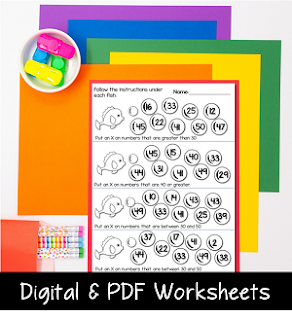Integrating Media Literacy into Other Curriculum Areas is the Key!
Media Literacy is one of the strands within our Language curriculum to be assessed and taught by Ontario educators. I am honest when I say I struggled to find a meaningful way to teach and evaluate Media Literacy. There is so much to teach, so fitting it in was challenging.
This is what I created:
Collect cereal boxes or have students bring them from home
There's a lot of content in this unit. This resource includes everything you need to use cereal boxes to teach Media Literacy. The beauty of it is you can pick and choose how much you want to use and still teach the content you need to cover.
Within the lessons, I have included links to resources on the internet to make it easy for teachers to find exactly what they need to share with their students for each lesson. No more failed google searches to find what you want! #win.
Are you unfamiliar with the media tricks that advertisers use? Not to worry, I outline all of that in the resource!
Students can complete several graphic organizers to plan their cereal box and think critically about media elements used in cereal box packaging. If possible, ask parents to save cereal boxes for you to have a good collection of different kinds of boxes - healthy and not-so-healthy choices. Over the year, I have amassed a class set of cereal boxes I can pull out.
Success Criteria and a Rubric make Grading this Project a Breeze!
After looking at cereal boxes and investigating what media elements food package designers use, they are ready to design their own.
When they are all finished with the project, there is a rubric you can use to assess their media literacy expectations. You can also evaluate oral language expectations if you have your students orally present their cereal box designs.
There has been so much positive feedback about this unit, including helpful suggestions.
Integrate even more with a connection to Math and Probability
Many children's cereals have had games on the back, so I added that option to the resource and a couple of lessons on probability so students could use the knowledge to design a fair game. You can teach probability expectations using a real-world connection.
Students start out exploring board games like this one and determine if the game/spinner is fair or unfair.
They investigate further with spinners.
Finally, students choose game boards to create their own board game and spinner. I am sure students will have a lot of fun playing each other's board games.
When I can make media literacy a fun topic to cover and knock off a few other expectations in the process, I call that a TEACHER WIN!
Thanks for stopping by
Until next time,




















.png)









No comments